How to select the Right Electromagnetic Flowmeter for Water Treatment

2023-12-06

Selecting the Right Electromagnetic Flowmeter for Water Treatment Applications
In the realm of water treatment, the selection of suitable instruments is crucial for ensuring accurate and reliable measurements. Among these instruments, electromagnetic flowmeters stand out as indispensable tools for measuring the flow of conductive liquids. Choosing the right electromagnetic flowmeter involves considering various factors to meet the specific requirements of a water treatment system.
I. Understanding Application Requirements:
Fluid Characteristics:
Begin by understanding the characteristics of the liquid to be measured. Consider its conductivity, corrosiveness, and viscosity as these factors can influence the choice of materials for the flowmeter.
Flow Range:
Determine the expected flow range in the water treatment process. Electromagnetic flowmeters come in different sizes and can accommodate various flow rates. Select a flowmeter with a range that covers the expected variations in flow.
Accuracy and Precision:
Define the required level of accuracy for the measurements. High-precision applications may demand electromagnetic flowmeters with advanced features and tighter tolerances.
II. Material Selection:
Electrode Materials:
Choose electrode materials compatible with the fluid properties. Common materials include stainless steel, Hastelloy, and platinum. Consider the chemical compatibility and potential for electrode fouling.
Liner Material:
The liner protects the flowtube and electrodes from the process fluid. Materials like PTFE, rubber, and ceramic offer different levels of resistance to abrasion and corrosion. Select a liner material that suits the specific application environment.
III. Environmental Considerations:
Operating Temperature and Pressure:
Evaluate the temperature and pressure conditions in the water treatment system. Ensure that the selected electromagnetic flowmeter can withstand the operational parameters without compromising accuracy or safety.
Explosion-Proof and Hazardous Areas:
In environments where explosion-proof ratings are necessary, choose a flowmeter that meets relevant standards for hazardous areas. Consider factors like ATEX certification for installations in explosive atmospheres.
IV. Installation and Maintenance:
Mounting Orientation:
Determine the optimal mounting orientation for the flowmeter. Some electromagnetic flowmeters perform best when installed vertically, while others are versatile enough for horizontal installations.
Ease of Installation:
Assess the ease of installation and integration with the existing water treatment infrastructure. Select a flowmeter that aligns with installation requirements to minimize downtime and installation costs.
Calibration and Verification:
Look for flowmeters that offer easy calibration and verification processes. Regular calibration ensures ongoing accuracy, and user-friendly verification procedures contribute to simplified maintenance routines.
V. Communication and Integration:
Output and Communication Protocols:
Consider the communication protocols required for integration with the overall control system. Options may include analog signals, digital communication (e.g., HART, Modbus), or even fieldbus protocols.
Data Logging and Remote Monitoring:
In modern water treatment systems, the ability to log data and enable remote monitoring is crucial. Choose a flowmeter that supports data logging features and can seamlessly integrate with SCADA or other monitoring systems.
VI. Cost Analysis:
Initial Investment vs. Total Cost of Ownership:
While upfront costs are essential, consider the long-term expenses associated with maintenance, calibration, and potential downtime. A flowmeter with higher initial costs but lower total cost of ownership may provide better value over its lifecycle.
Warranty and Support:
Evaluate the warranty and support options offered by the flowmeter manufacturer. A reliable warranty and responsive customer support contribute to the overall cost-effectiveness of the chosen instrument.
Conclusion:
In conclusion, the selection of an electromagnetic flowmeter for water treatment applications is a complex process that involves careful consideration of application requirements, material compatibility, environmental factors, installation and maintenance considerations, communication protocols, and cost analysis. By thoroughly evaluating these factors, water treatment professionals can make informed decisions that ensure the optimal performance of the flow measurement system in their specific operational context.



Related news
2025-06-28
2025-06-06
2024-06-03
2024-01-25
2023-12-21
2023-12-02
2023-11-29
2023-11-08
2023-06-01
2023-05-29
 admin@henanpanda.com WhatsApp:0086-16613890990
admin@henanpanda.com WhatsApp:0086-16613890990 
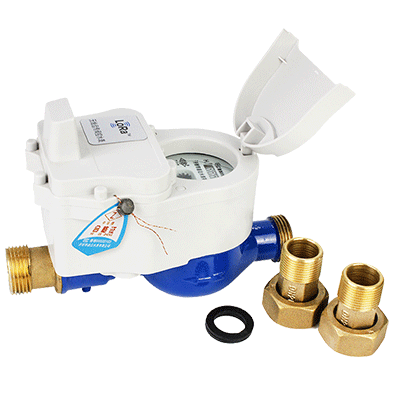
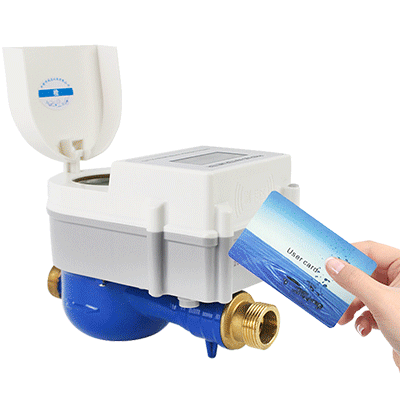
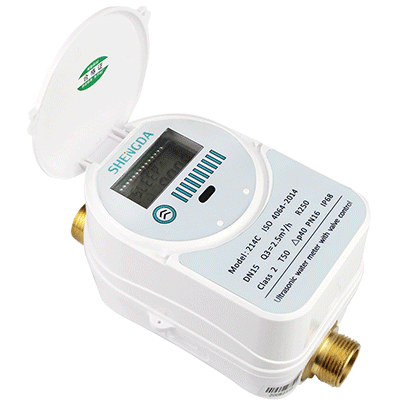
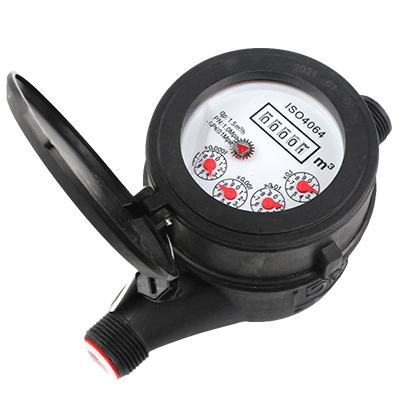
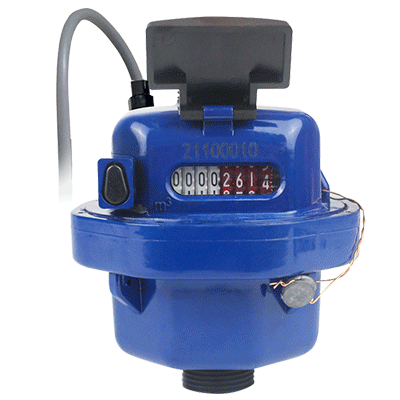
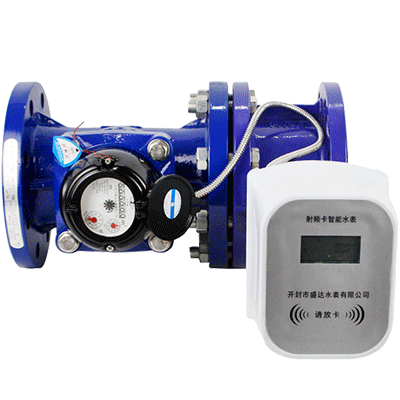
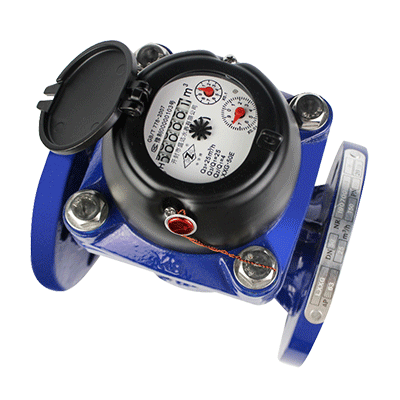
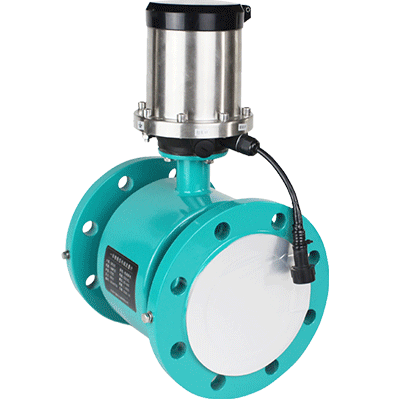
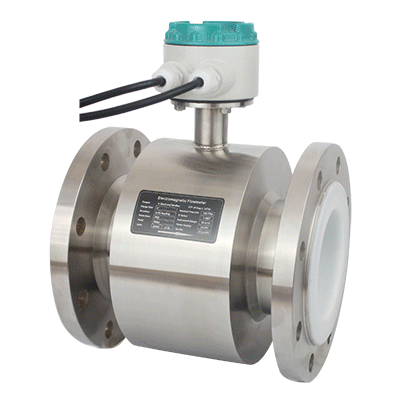

 2023-12-06
2023-12-06 


 Related news
Related news E-mail:admin@henanpanda.com
E-mail:admin@henanpanda.com
 +86 371 23366506
+86 371 23366506
 Address:Add: NO.88, Middle Weidu Road, Kaifeng City,China.
Address:Add: NO.88, Middle Weidu Road, Kaifeng City,China.
